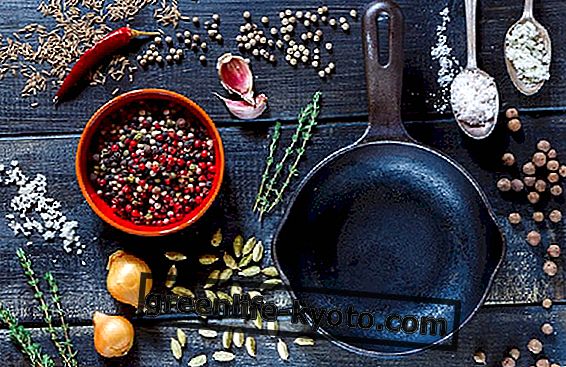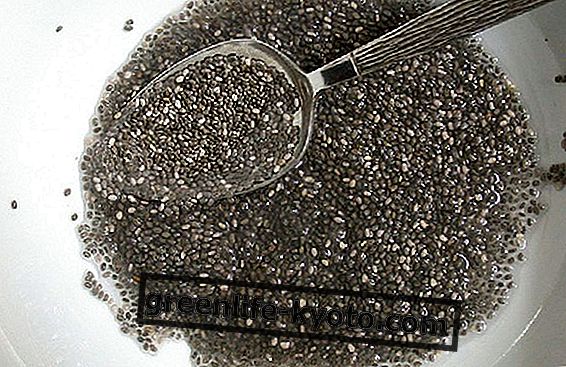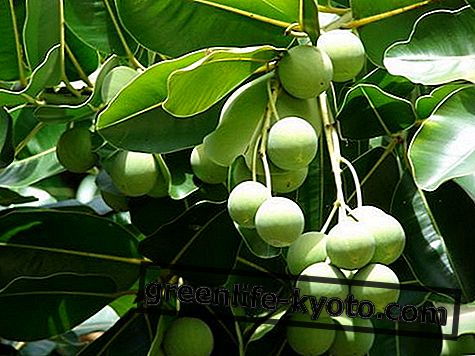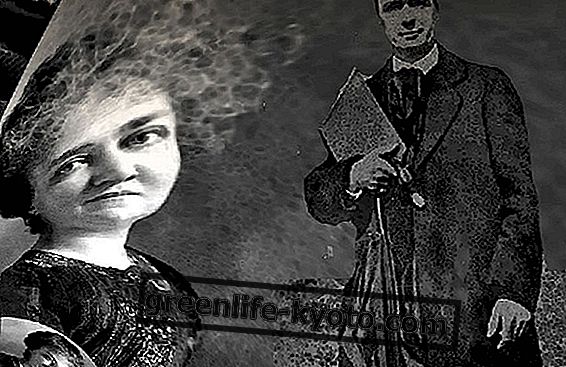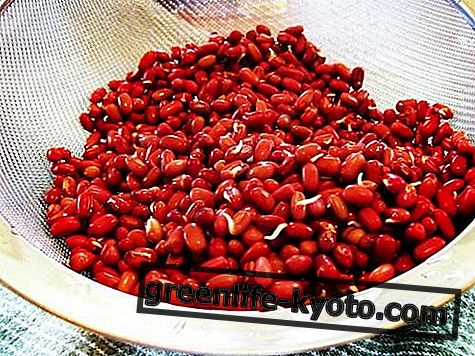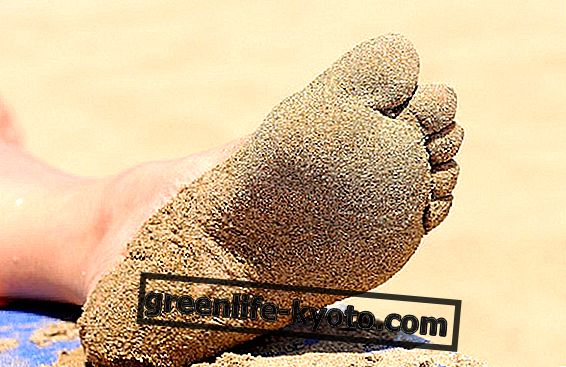
The spread of Daruma Taiso from India to Japan is linked to that of Zen Buddhism and Shaolin martial arts enriched, in the course of its evolution, by the ancient Chinese Taoist tradition which proposed a system of life in accordance with the laws of nature. Daruma Taiso is named after the wise Bodhi Daruma who is considered the patriarch of Zen Buddhism.
It is said that Daruma stayed in the 6th century. AD in the Shaolin monastery where he taught Yoga techniques and breathing exercises called Ekikin Kyo . The purpose of these exercises was the development and reinvigoration of vital energy or Ki in the monks of the temple tried by the long sessions of meditation. In China, health exercises such as the Gokinki were practiced for centuries, imitating the attitudes of five animals for curative and preventive purposes, and the techniques of Taoist longevity which, through respiratory, physical and meditative practices, aimed to improve health and preserve health. over time the vitality of the practitioner and which gave rise to the Do-in and Chi Kung still practiced.
Also very widespread, especially in the martial environment, was the series of eight exercises called Hachidankin or Patwanchin created by General Yueh Fei in the 12th century and still practiced today. In the 19th century Master Kanryo Higashionna, along with the Kung Fu method learned during his long stay in China, also introduced all this health tradition to Okinawa which has since been part of the Goju-ryu practitioners' curriculum. Chojun Miyagi, Higashionna's best pupil, organized and modified the Chinese exercises so that they could help perfect the Karate techniques of those who practiced them, while maintaining their effectiveness in promoting body and mind health.
The Master Toshio Tamano organized all these exercises in a system that he named, in honor of the master who visited the Shaolin temple in antiquity, Daruma Taiso ("Exercises of Daruma") and introduced new Yoga positions, the exercises to be performed in couple and self-defense techniques. Thanks to his contribution, Daruma Taiso can now be practiced by anyone, man or woman, without age limits, even without being a Karate practitioner.

